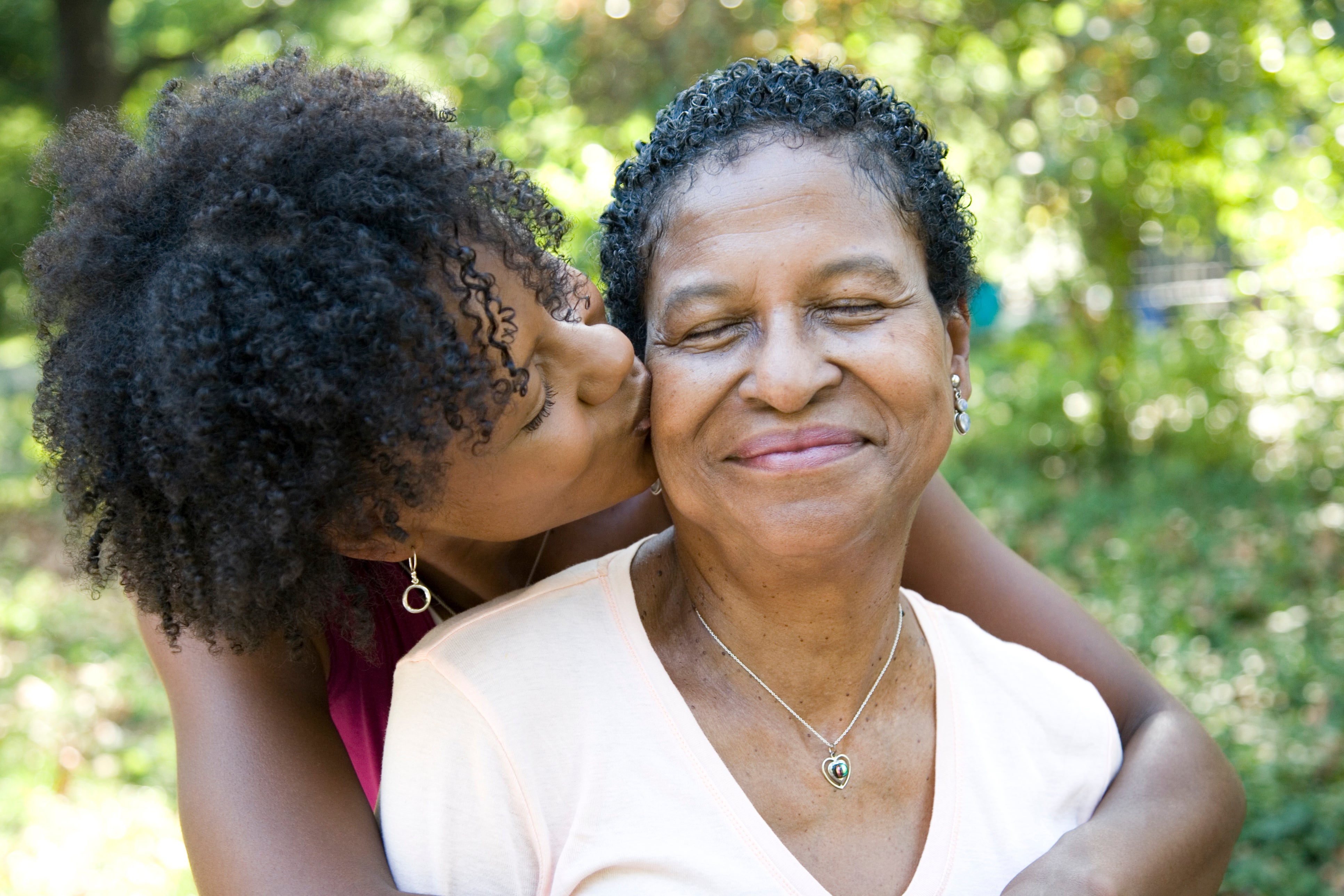
Every so often, though, one really sticks in my mind, long after the media has relegated the latest developments to a tiny blurb at the bottom of the page or stopped covering them altogether. The story of Tonya Thomas is one of them. On the morning of May 15, the Florida mother methodically shot her four children—Pebbles, 17; Jaxs, 15; Jazzlyn, 13; and Joel, 12—pumping each with multiple shots, hitting one baby as many as seven times. Some had burn marks on their clothing from the velocity of the bullets, indicating that their mama had pressed the muzzle right against their bodies before pulling the trigger. The .38 caliber handgun she wielded held only six shots in a round, which means that she had to reload several times during her 18-bullet rampage, plus one last one for herself.
It must have been agonizing for those poor children to watch their mother stop to drop in more ammo, knowing their time to die was coming up in just moments. I can’t even imagine what could’ve been running through their minds as they saw their siblings being picked off or what their mom could’ve been saying to them in the minutes she spent murdering her family. What worsens the situation, if the situation could possibly be any worse, is that before they stood in front of their mama preparing to be shot, three of the kids had fled to their next door neighbors’ house, pleading for help. The couple refused to let them in. Being suspicious of three children with visible injuries made them make a decision that ultimately led to a whole family being snuffed out.
It’s easy to play armchair ethicist and fire off a heap of shoulda, coulda, wouldas about other folks’ reactions in scenarios we hope to never, ever find ourselves in. I suspect the next door neighbors’ fear—of being caught up in the gunfire, of being naïve and inviting trouble into their home, of being subjected to another family’s melodrama—informed their decision to tune out and shoo the kids away, ultimately sending them back home to their death sentences. But it’s also a sad testament to the condition of our communities when self-preservation trumps our desire, even our need, to help someone who is clearly in danger. Especially kids. Our look-out-for-self spirit has gobbled up our allegiance to doing the right thing, even if it inconveniences or challenges us.
I see it in kids running wild, cussing, fighting and carrying on with reckless abandon and zero consequence because we as a community are too scared to tell them to act like they’ve got some sense. I see it in older people taking on tasks they clearly have no business doing—mowing their lawns, hauling groceries, hobbling back and forth with packages almost as big as they are—because they can’t rely on anyone to help them and even if they did, they’d be risking life and limb for the favor. I especially see it in the city where we’re piled on top of one another in itty bitty apartments and condos, but personally and socially distanced like we live acres apart.
I’m in the process of buying a house here in D.C., and I’m looking for all of those features that make my heart flutter: hardwood floors, a little bit of yard, lots of natural light, plenty of character and charm. But I’m also looking to be not just a resident, but part of a community. I want to know my neighbors, maybe even befriend them, but certainly know I can call on them if I need help and vice versa. I hear a lot of people lament the erosion of our communities. Some blame it on integration, others on gentrification, others on this super-narrow purview that says if it don’t have nothing to do with me and mine, then I really could care less. I don’t have a theory about the root cause, but I do know that all signs are pointing to a need for change when terrified children knock on someone’s door bleeding and begging for help and get turned away. If ever there was a neon flashing signal that we’ve got to make conscious change, that our sense of community needs a serious overhaul, it’s that.